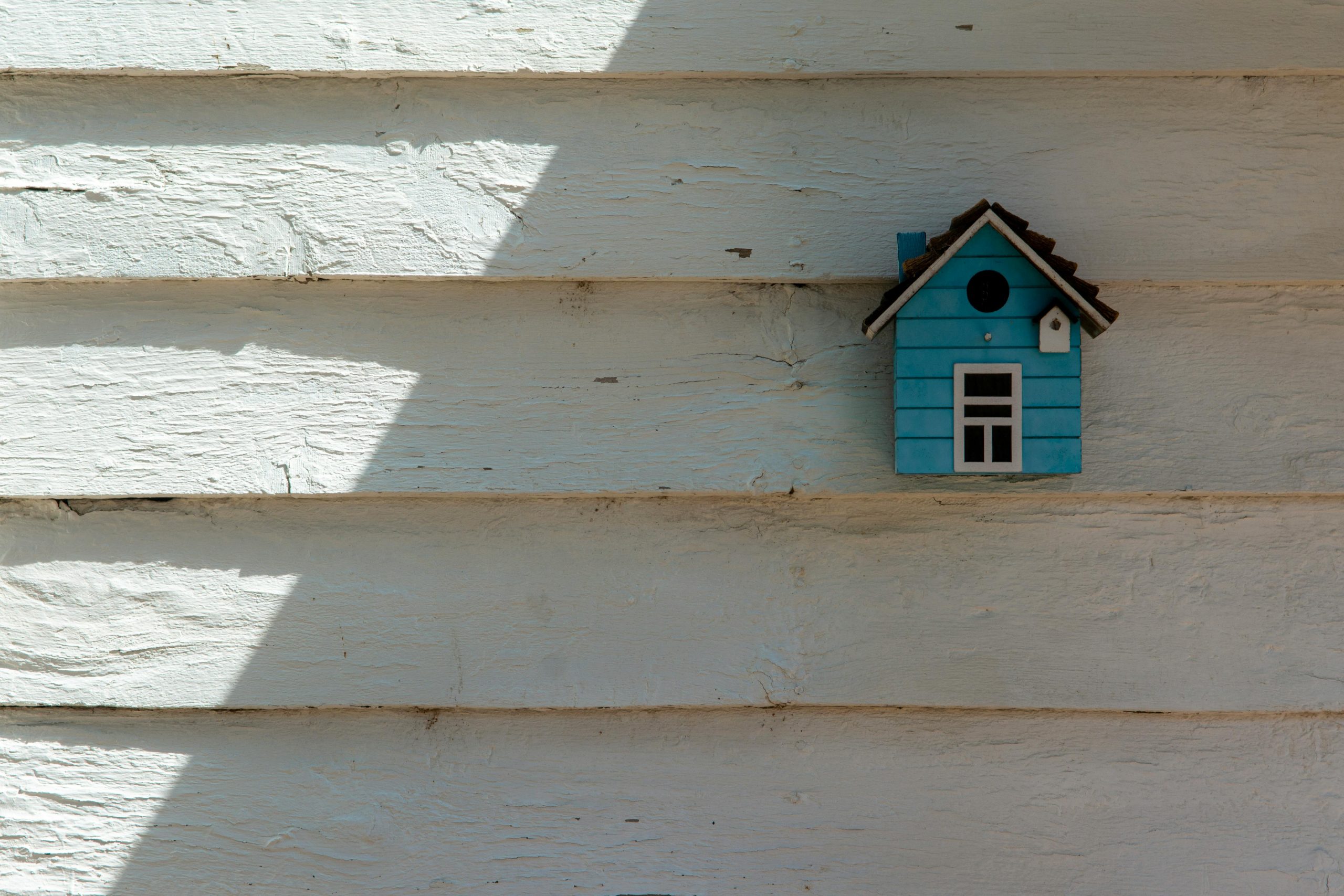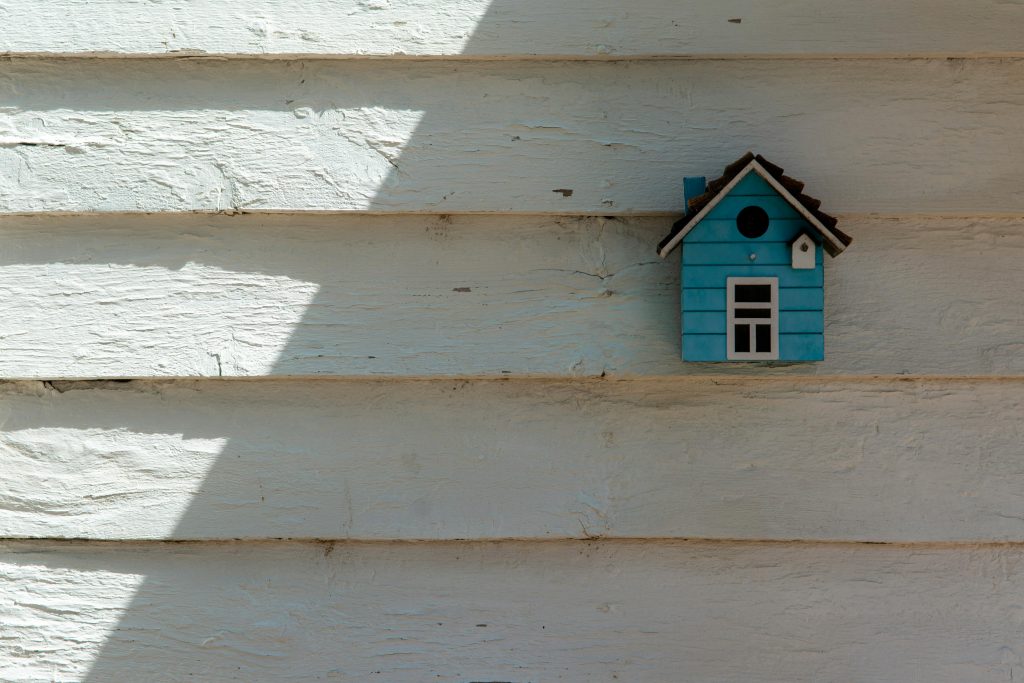
Introduction
“The kids are gone… now what?”
If you’ve found yourself wandering around your quiet house and wondering who you are now that your children have flown the nest you’re not alone. According to the 2020 US Census 22.5 million Americans are navigating this life stage, and while the silence can feel deafening at first, it’s actually the start of something empowering.
Being an empty nester after 50 isn’t the end—it’s a new beginning. You may spent decades putting others first and now it’s your turn to rediscover who you are, what you love and how you want to live the next chapter. Whether you’re eager to travel, pick up a forgotten passion or just figure out how to feel less….. weird without your children at home this guide has your back.
Let’s turn that empty space and feeling of loneliness into something full of joy, meaning and YOU.

Redefining Your Identity After the Children Leave
When your children leave home many parents suddenly find themselves asking “Who am I now?” It’s a natural question—and a powerful one. This stage of life brings a major shift in daily routine, sense of purpose and emotional identity. But instead of viewing it as a loss, it can be reframed as a renewal. After years of putting children first, this is the perfect moment for someone to focus on themselves—on rediscovery rather than reinvention.
Redefining identity after the nest empties often starts with small but meaningful steps. Some find it helpful to return to hobbies or interests that were once side-lined, like painting, hiking or writing. Others may take up something entirely new—learning a language, volunteering or exploring spiritual practices. Journaling can be especially helpful during this phase, providing space to reflect and clarify what brings joy and purpose in this new chapter.
Embracing this time also means letting go of guilt. It’s okay to prioritize personal happiness now. Reclaiming time for self-care, curiosity and creativity isn’t selfish—it’s essential. Many empty nesters discover that with fewer responsibilities comes the freedom to live more intentionally. They might re-evaluate career goals, start a side project or even go back to school. The key is to see this not as an end, but as a gateway into something exciting and fulfilling.
Ultimately the journey to redefine oneself as an empty nester after 50 is unique to each individual but the opportunity it brings is universal. It’s a fresh start—a chance to explore, reflect and grow. With patience, curiosity and courage those navigating this stage can discover a new rhythm and truly thrive in this vibrant next phase of life.
Reconnecting with Your Partner (or Yourself)
Once the children are out of the house, couples often find themselves sitting across the dinner table with a lot more time—and sometimes a lot less to say. After years of focusing on raising children, it’s completely normal for partners to feel a bit like strangers. But the empty nest years offer a golden opportunity to reconnect and rediscover the bond that brought two people together in the first place. Whether it’s scheduling regular date nights, planning a weekend getaway or just having coffee together every morning, small efforts can rekindle closeness and build a renewed sense of partnership.
For those entering this stage alone—whether due to divorce, widowhood or by choice—this is also a powerful time to reconnect with oneself. Solo empty nesters often find that with fewer obligations, there’s finally space to breathe and focus inward. This could mean developing a new routine that supports personal wellness, starting a solo travel adventure or simply learning how to enjoy solitude without feeling lonely. Building a life that feels rich and meaningful doesn’t require a partner—it just requires intention.
Communication is key during this transition, especially for couples. Talking openly about goals, fears and desires for the future can help partners support each other as they redefine what their relationship looks like post-parenting. For singles, joining local clubs, attending workshops, or connecting with others online can ease feelings of isolation and offer a sense of belonging. Emotional health plays a big role here, and nurturing that connection—with a partner or with oneself—is the cornerstone of thriving as an empty nester after 50.
Ultimately, this season of life is a second chance. It’s a time to rewrite the relationship story or perhaps the personal one, with freedom and confidence. Whether it leads to deeper intimacy in a marriage or newfound joy in independence, reconnecting is less about the past and more about embracing what’s possible now.

Focusing on Health and Wellness After 50
Turning 50 can feel like flipping a switch—suddenly the body starts sending signals it never did before. But instead of dreading this shift, empty nesters can see it as a powerful motivator to take control of their health and wellness. With fewer family responsibilities, there’s more time to focus on building sustainable habits that support both physical and mental well-being. From heart-healthy meals to stress-reducing routines, small lifestyle changes can make a big difference in how people feel every day.
Exercise is a great starting point. Staying active doesn’t mean running marathons—it’s about finding something enjoyable and doable, like walking, yoga, swimming or even dance classes. Strength training becomes especially important after 50 to maintain muscle mass and bone health. Flexibility and balance exercises also help reduce the risk of falls and support mobility for years to come. Many people find that group fitness or online classes geared toward seniors provide motivation and community.
Nutrition plays a huge role too. As metabolism slows, it’s important to focus on nutrient-dense meals that are both satisfying and supportive of aging bodies. That means more lean proteins, whole grains, fresh produce and healthy fats—plus staying hydrated and limiting processed foods. Cooking for one or two can feel like a chore at first but many empty nesters rediscover the joy of cooking with simple, flavourful recipes designed for their needs.
Mental and emotional health are just as crucial. Empty nesters often experience waves of loneliness, anxiety or even grief. Daily practices like meditation, gratitude journaling and mindfulness can ease stress and support emotional resilience. Connecting with friends, finding a therapist or joining support groups can also be part of a healthy self-care plan. Prioritizing wellness isn’t just about living longer—it’s about living better, with energy, purpose and peace of mind.
By focusing on holistic health empty nesters can feel stronger, more balanced and ready to enjoy the next chapter of life with vitality. It’s never too late to start and every step toward wellness counts.
Making Your House a Home Again
When your children move out the house often feels quieter—and sometimes a little too quiet. Empty nesters might walk past once-busy bedrooms or stare at a cluttered living room and wonder what to do next. The good news is, this is a perfect time to refresh the space and make the home truly reflect their lifestyle and interests. Redecorating after 50 isn’t just about style—it’s about creating a sanctuary that supports comfort, peace and personal growth.
Start by re-evaluating how each room is used. That spare bedroom could become a cosy guest room, a creative studio or even a yoga and meditation space. Repurposing kids’ rooms allows homeowners to embrace their own needs and hobbies. Many find joy in turning their homes into places that encourage relaxation, creativity and connection. Whether it’s painting the walls a fresh colour, investing in comfortable furniture or simply decluttering, small changes can have a big emotional impact.
Minimalism may also become more appealing at this stage. With fewer people under one roof, there’s less need for excess. Letting go of old belongings that no longer serve a purpose—especially things saved “just in case the kids need them”—can be incredibly freeing. Donating, selling or organizing unused items opens up physical and mental space, making room for what truly matters in this new chapter of life.
Some empty nesters choose to downsize altogether, opting for a smaller home that’s easier to maintain and better suited to their needs. Others may stay put but focus on creating a more comfortable and inviting atmosphere. Think cosy reading nooks, open kitchen spaces for hosting friends or an updated backyard retreat. The goal is to make the home feel like a place of joy and ease—not just a house filled with memories.
Making a house a home again after the kids leave is about more than furniture or paint—it’s about reclaiming space with intention and love. It’s a chance to design a living environment that nurtures the next stage of life, filled with possibility, comfort and personal meaning.

Embracing Travel and Adventure
For many empty nesters, the departure of the last child is the green light to finally start exploring. With fewer obligations and more flexibility, travel becomes more than just a vacation—it becomes a way to reconnect with life, create new memories and experience long-awaited freedom. Whether it’s road-tripping across the country, taking a cruise or booking that dream trip to Europe, travel after 50 can be deeply fulfilling and surprisingly doable with a bit of planning.
One of the best parts about travel at this stage of life is that it’s entirely on your terms. There’s no need to work around school schedules or kid-friendly attractions. Empty nesters can choose slower-paced adventures, cultural experiences or nature-based getaways that suit their personal interests. Destinations like Tuscany, the Canadian Rockies, and New Zealand are popular among over-50 travellers for their beauty, culture and comfort. For those looking for simplicity, weekend trips, local excursions and national parks offer just as much excitement.
Affordability is a common concern, but there are plenty of smart strategies to make travel more budget-friendly. Using travel rewards points, booking trips during off-peak seasons and considering house-sitting or home exchanges are great ways to cut costs. Some empty nesters even explore RV life, finding freedom in the open road and flexibility in where they stay and how long they travel.
Solo travel also becomes a powerful option. Many single empty nesters discover that traveling alone allows them to be fully present, follow their own pace and meet new people. Group tours designed for seniors or women over 50 can offer safety and companionship without the need to travel with a partner. Whether traveling solo or with a loved one, embracing adventure helps build confidence, spark joy and fuel curiosity.
Ultimately, travel after 50 is less about checking off destinations and more about embracing a lifestyle of exploration. Every journey becomes a story, every destination a chance to grow. For empty nesters, the world truly is wide open—and it’s never been a better time to see it.
Rediscovering Old Passions and New Hobbies
After years of managing school schedules, family meals and endless to-do lists, many empty nesters find themselves with something they haven’t had in decades—free time. And with that time comes an incredible opportunity to dive into hobbies and passions, both old and new. Whether it’s dusting off a paintbrush, strumming a long-forgotten guitar or finally learning how to garden, this stage of life is ideal for rediscovery and creative exploration.
One of the best ways to start is by revisiting past interests. Many people abandoned hobbies during the busy parenting years simply due to lack of time. Now is the perfect chance to reconnect with those joys. Love photography? Pick up a new camera and explore local parks or neighborhoods. Enjoy writing? Start a journal, blog or even a memoir. These personal pursuits are not only rewarding—they also support mental wellness and lifelong learning.
For those looking to try something completely new the options are nearly endless. From pottery classes and ballroom dancing to woodworking, hiking groups or learning a new language, new hobbies offer stimulation, social connection and a renewed sense of purpose. Local community centres, adult education programs, and online platforms like MasterClass or Skillshare make it easy to learn at one’s own pace.
Many hobbies also come with built-in communities, which can be especially valuable for empty nesters seeking social interaction. Book clubs, knitting circles, birdwatching groups and even travel clubs connect like-minded individuals and provide a sense of belonging. These activities encourage routine, reduce loneliness and boost overall happiness. For those drawn to solitary hobbies, such as painting or model building, the quiet focus can be equally satisfying and therapeutic.
The beauty of picking up a hobby after 50 is that there’s no pressure to master it—just enjoy it. There’s freedom in doing something simply for the joy it brings. Hobbies can fill emotional gaps, foster creativity and help empty nesters feel energized about each day. Whether it’s an old flame or a brand-new fascination, these pursuits add depth and colour to the next chapter of life.

Finding Purpose and Giving Back
As the parenting chapter winds down, many empty nesters begin asking deeper questions about meaning and contribution. With more free time and fewer daily responsibilities, this stage of life offers a beautiful opportunity to explore purpose and give back in ways that feel fulfilling. Finding purpose after 50 isn’t about staying busy—it’s about aligning with values, passions and the desire to make a positive impact, whether in small moments or big ways.
Volunteering is one of the most popular and rewarding ways to reconnect with purpose. Whether it’s mentoring youth, helping at a local food bank, walking dogs at an animal shelter or tutoring students online, there are countless ways to serve. Many empty nesters discover that giving back not only helps others—it boosts their own sense of connection and mental well-being. It turns free time into meaningful time and adds structure to a week in a way that feels good.
For some, this season inspires the launch of a passion project—starting a non-profit, hosting community workshops or even writing a book or blog to share life lessons. Others may turn to their spiritual or faith communities for connection and guidance. Joining a mission trip, teaching a class or supporting others through caregiving or counselling are all ways to make a difference. It’s not about how big the gesture is; it’s about being intentional with time and energy.
Mentorship is another powerful outlet. After decades of life and work experience, many empty nesters are in the perfect position to guide younger generations. This might mean helping a new professional navigate their career, supporting a single parent or simply being a stable presence in someone’s life. These relationships can be deeply enriching for both the mentor and mentee.
Ultimately, giving back doesn’t have to mean grand gestures or full-time commitments. It’s about waking up with a sense of direction, a reason to get involved and a heart open to connection. By focusing on purpose and service, empty nesters can build a legacy of kindness, wisdom, and continued growth—long after the kids have left home.
Financial Freedom and Planning Ahead
With the kids out of the house and college bills mostly behind them, many empty nesters find themselves rethinking their finances in a whole new light. This stage of life is the ideal time to take a deep breath, reassess money goals and create a plan that supports both security and enjoyment. Financial freedom after 50 isn’t just about saving—it’s about spending wisely, planning ahead and aligning money with lifestyle choices that bring peace of mind and joy.
A great starting point is reviewing current expenses. Many households notice a significant drop in grocery bills, utility usage and general day-to-day costs once the children move out. That’s an opportunity to redirect funds toward retirement accounts, travel savings or even a long-desired home renovation. Budgeting becomes more streamlined, especially when focused on values like health, experiences and giving rather than material accumulation.
Downsizing is another common move during the empty nest years. Selling a larger home and moving to a smaller, more manageable space can unlock equity, reduce maintenance and lower monthly costs. Others might choose to stay put but refinance, pay off the mortgage early or invest in home upgrades that increase efficiency and comfort. The key is making financial decisions that support long-term independence and a lifestyle that’s both fulfilling and sustainable.
This is also the right time to revisit retirement planning. Checking in with a financial advisor, increasing contributions to IRAs or 401(k)s, and understanding when to start drawing Social Security can all make a big difference in future comfort. For those who left the workforce or scaled back during parenting years, exploring side hustles or part-time consulting can boost income and provide a renewed sense of purpose.
Financial freedom isn’t about having millions in the bank—it’s about feeling confident and in control. With a solid plan, clear goals and thoughtful spending, empty nesters can enjoy this chapter with less stress and more adventure. By planning ahead now, they pave the way for a future filled with choices, freedom, and peace of mind.

Staying Connected with Your Kids Without Hovering
One of the trickiest parts of the empty nest transition is learning how to stay connected with adult children—without crossing the line into micromanagement. After years of being deeply involved in their daily lives, it’s natural for parents to want regular updates, check-ins or even offer advice. But the truth is, letting go with love is part of this next phase. Building a healthy relationship with grown kids means finding the right balance between staying close and giving space.
Communication is key, but it doesn’t have to be constant. Many families find success by setting gentle rhythms—like a weekly video call, regular texts or even a shared photo album that keeps everyone feeling involved. These habits offer connection without pressure. It’s also important to ask adult children what they’re comfortable with. Some may love daily chats; others might prefer a once-a-week check-in. Respecting these boundaries builds trust and mutual respect.
Technology offers plenty of tools to stay in touch creatively. Apps like Marco Polo or GroupMe make sharing updates easy without demanding real-time responses. Planning occasional visits or meetups can strengthen the bond, especially when it’s framed around shared activities like cooking a meal together, taking a walk or attending a favourite event. These real-life moments often create deeper connections than long phone calls.
It’s also essential for parents to shift roles—from hands-on caretakers to trusted supporters. Offering advice only when asked, avoiding unsolicited opinions and focusing on listening rather than fixing can do wonders for the relationship. Celebrating adult children’s independence instead of fearing it helps the bond grow stronger over time.
At the heart of it, staying connected without hovering is about creating a space where love, respect and autonomy can all thrive. Empty nesters who embrace this approach often find their relationships with their kids become more meaningful—not less. With a little patience and a lot of understanding, families can evolve in beautiful ways long after the nest is empty.
Your Next Chapter Starts Now
The house is quieter, the schedule is lighter and the possibilities are wide open. For empty nesters over 50, this is more than just a new chapter—it’s the beginning of an entirely new story. After decades spent nurturing others, it’s time to refocus that energy inward and ask: What brings me joy now? What kind of life do I want to create moving forward? The beauty of this moment is that there’s no one-size-fits-all answer. Each person gets to decide what thriving looks like on their own terms.
Whether it means exploring new hobbies, reigniting a relationship, diving into travel or simply finding peace in a slower pace the key for an empty nester after 50 is to move forward with intention. Those who thrive in this stage often do so by embracing change rather than resisting it. They see this season not as an ending but as an opening—a rare chance to rediscover passions, build meaningful routines and live life with renewed purpose.
The next chapter doesn’t have to be grand to be fulfilling. Sometimes, it’s found in morning walks, reconnecting with old friends or learning something new just for fun. Other times, it’s about finally pursuing a dream that’s been tucked away for years. The important thing is to start. Because thriving as an empty nester after 50 isn’t about doing everything—it’s about doing what matters most.
This guide has shared ideas for health, connection, creativity and purpose. But the real transformation happens when those ideas turn into action. So whether it’s signing up for that painting class, booking a weekend getaway or just spending an afternoon decluttering and dreaming, now is the perfect time to begin.
The empty nest isn’t empty—it’s full of opportunity. Your next chapter starts now.






